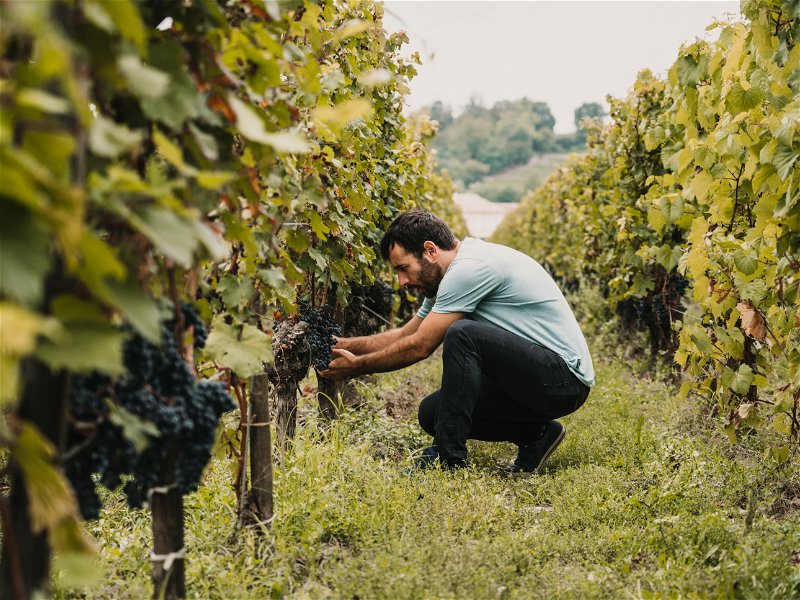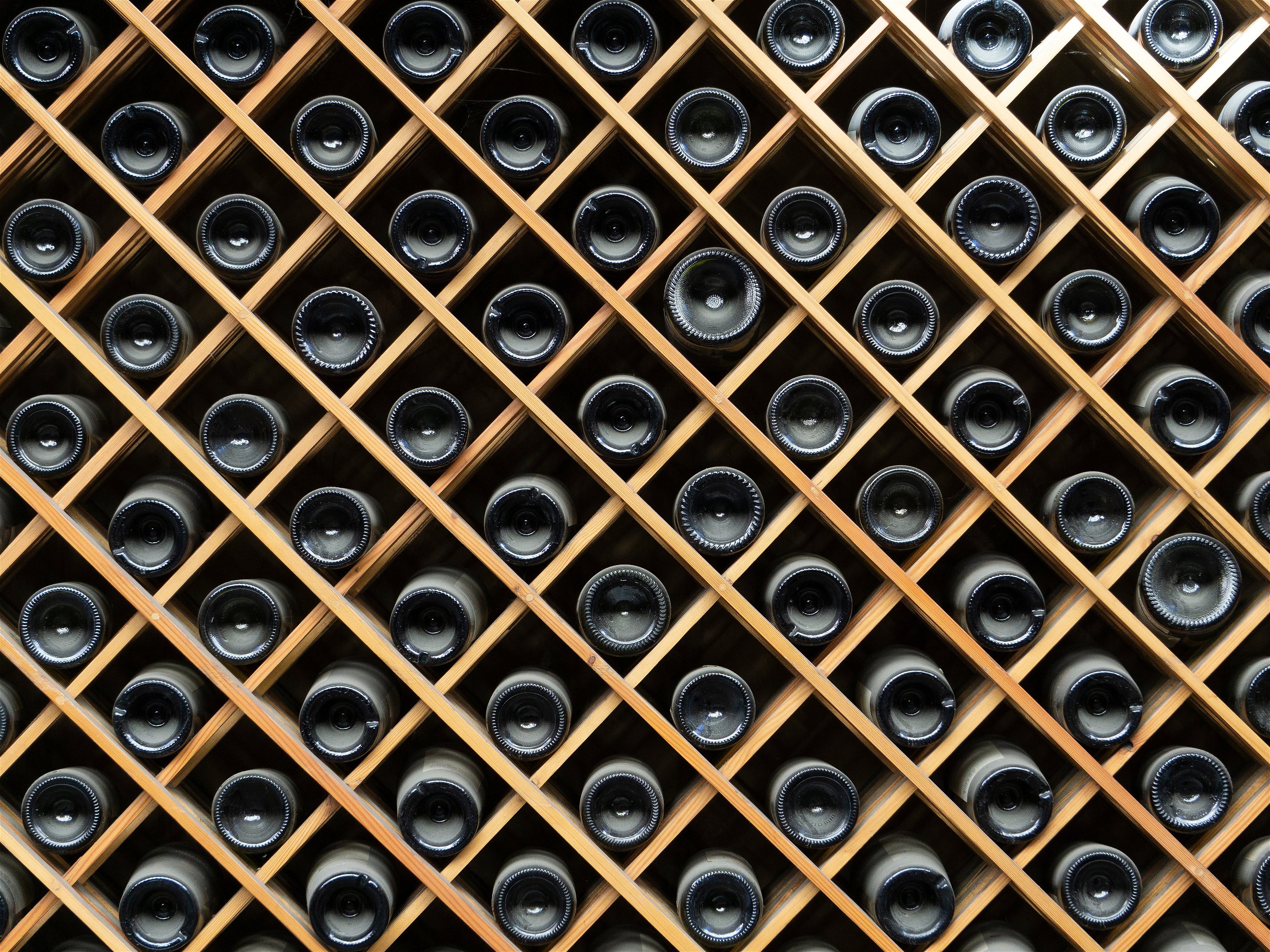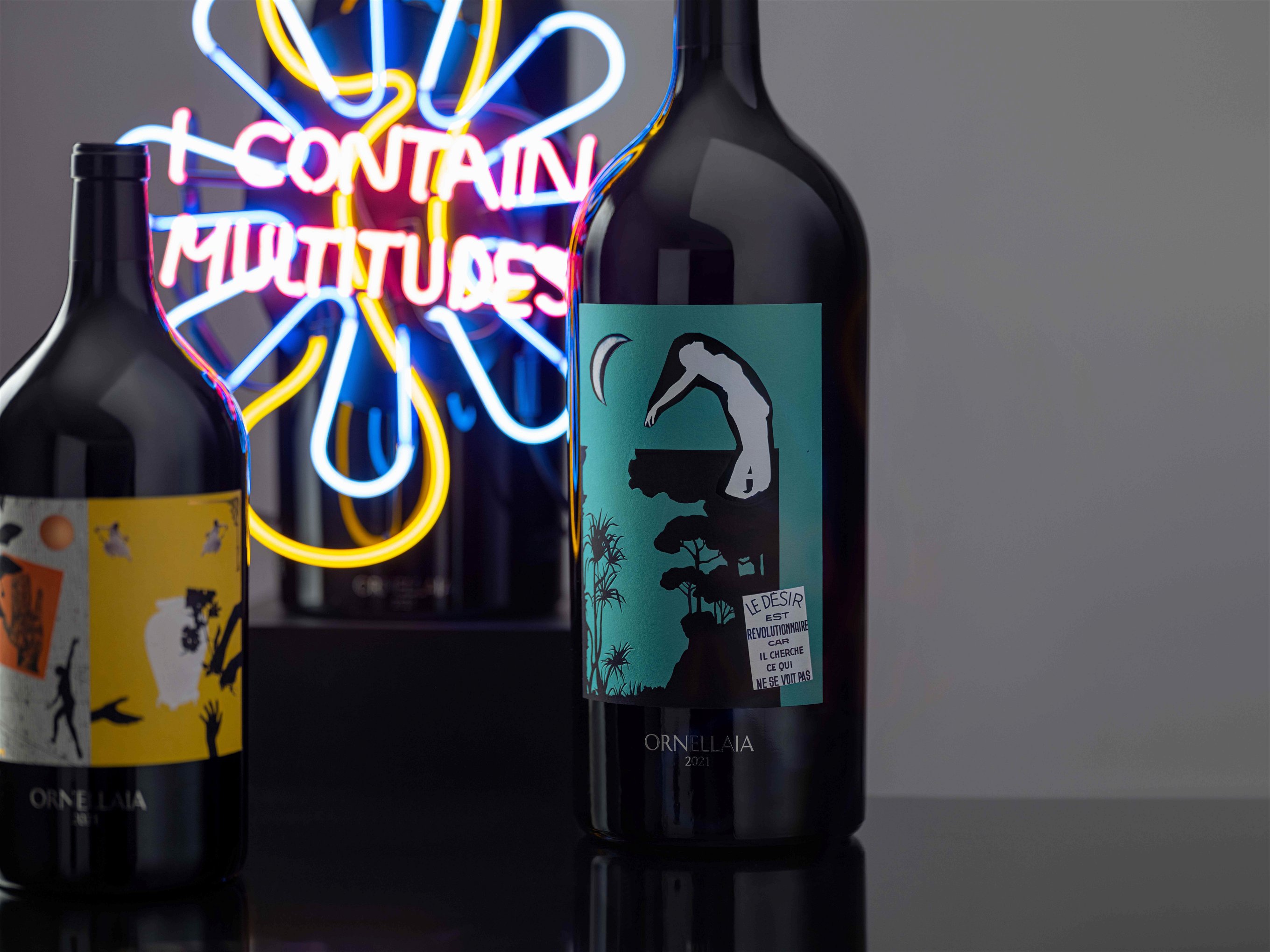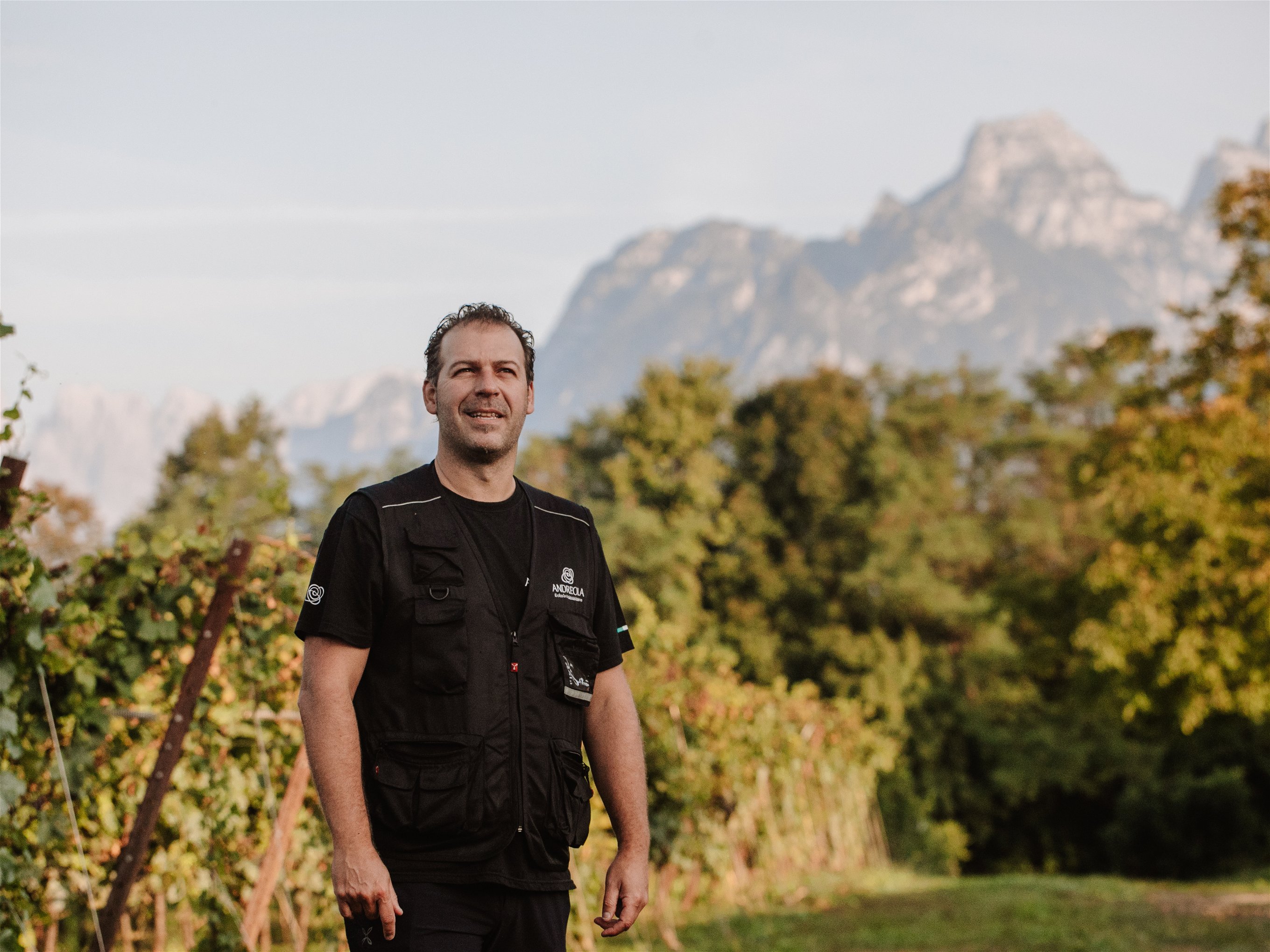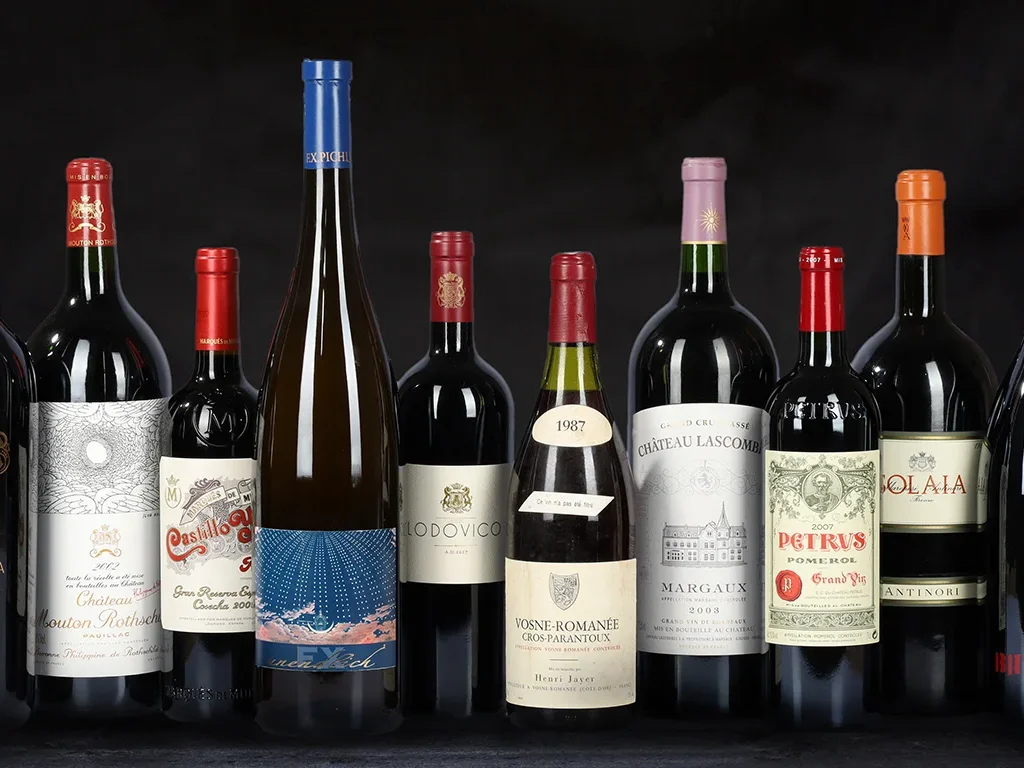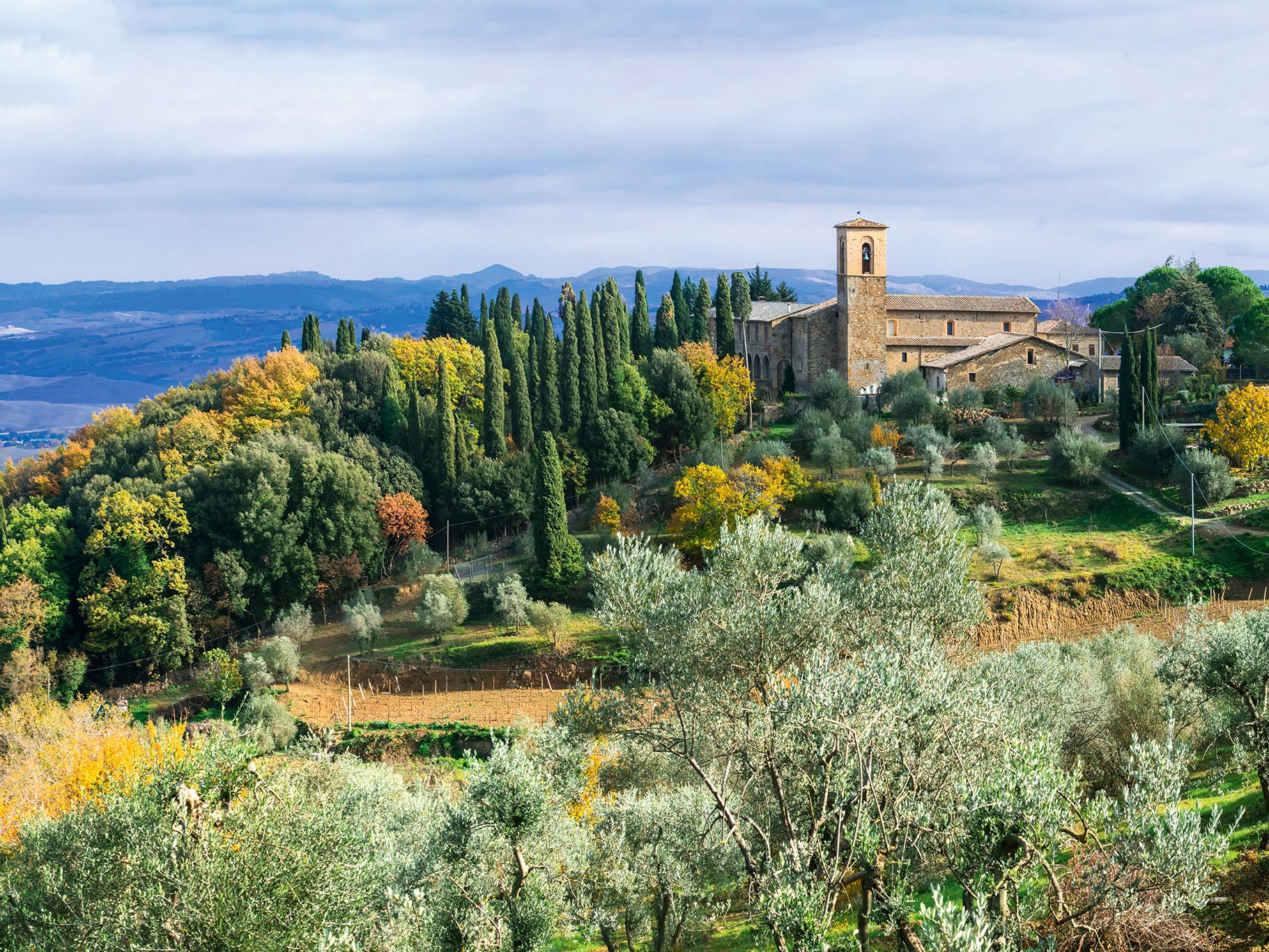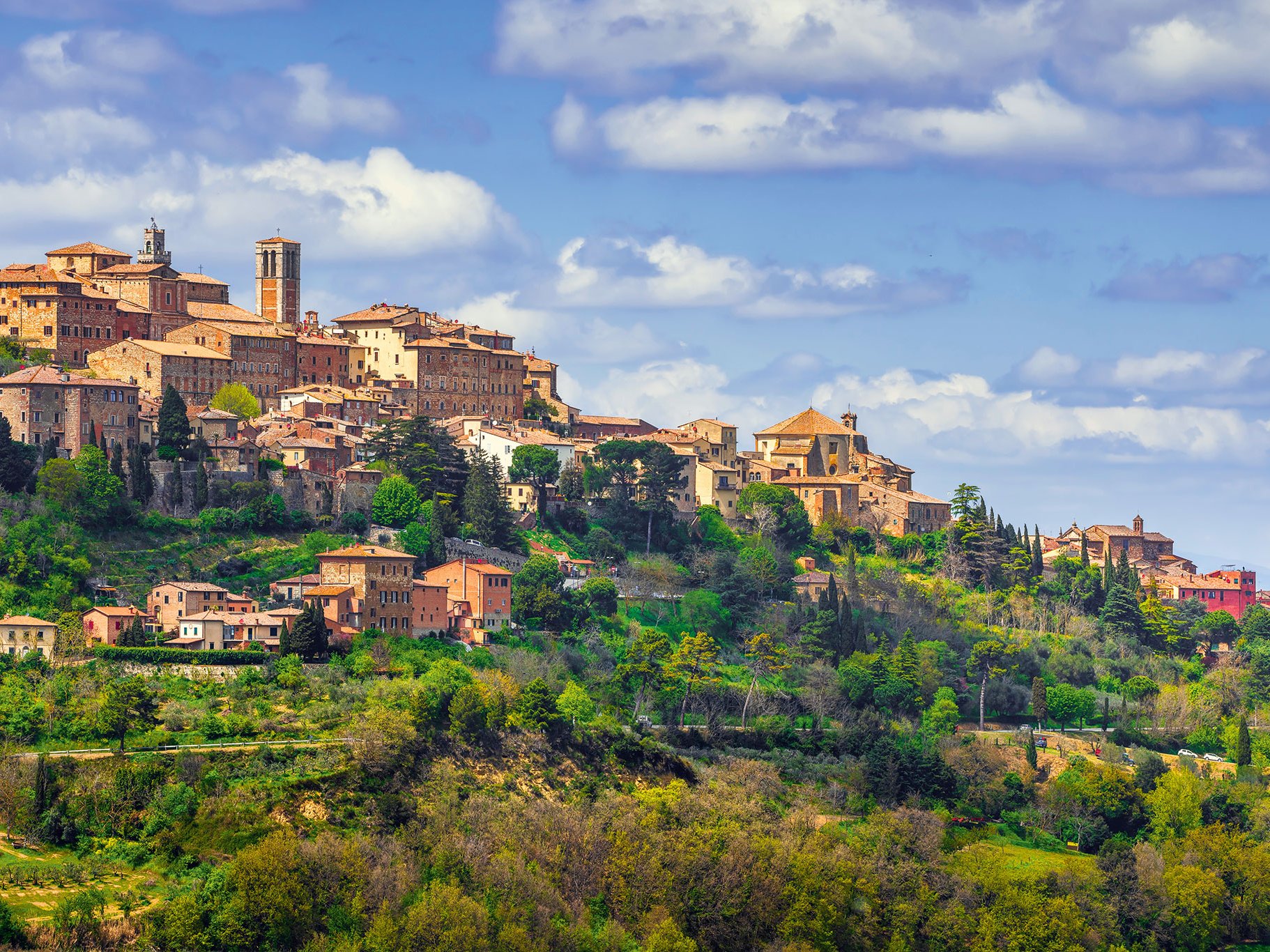Even before the missionaries came to California and, with their grape variety in tow, ensured the first flourishing vineyard landscape in the country, they were already cultivating wine in Arizona, Texas and also in the region which is now subdued by the metropolis of Los Angeles. The vines had to give way to the rapidly expanding city and moved to the former desert of Cucamonga. Texas had a small but flourishing wine growing region until the 1920s, but this was then largely destroyed by Prohibition. Nevertheless, Texas plays a special role, also for Europe. A certain Thomas V. Munson from Texas bred many different rootstocks in the course of the enormous phylloxera catastrophe and also worked closely with the University of Montpellier here. The fact that today there are rootstocks resistant to phylloxera, which are used worldwide, is due, among other things, to his initiative. Since the beginning of the 1970s, viticulture in Texas has been cautiously moving forward again. Texas offers calcareous soils, warm, dry days and cool nights. Water for irrigating the vineyards is supplied by the Ogalala River. At 1,200 metres above sea level, the Llano Estacado winery has planted vines, but mainly hybrid varieties. Today, it is the second largest winery in Texas. A large vineyard is located near Stockton, planted by the University of Texas. Since 1987, a consortium has been in charge, in which the famous Bordelais trading house Cordier also participates. Texas has four AVAs (American Viticulture Areas), which indicates great confidence in viticulture. The areas cover about 400,000 hectares, of which, however, only a few hundred hectares are planted.

